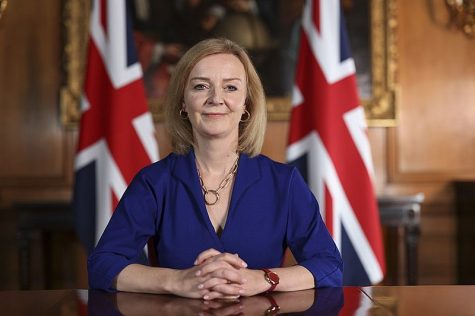Planes
June 16, 2020
The History
The history of aviation extends for more than two thousand years, from the earliest forms of aviation such as kites and attempts at tower jumping to supersonic and hypersonic flight by powered, heavier-than-air jets. Kite flying in China dates back to several hundred years BC and slowly spread around the world. Starting with the Wright Brothers who were the first people to get a plane into the sky.
The Types
There are lots of planes big and small. Big planes like the Boeing 747, Boeing 777-300ER, Airbus A300/A310, Airbus A330, Airbus A350, McDonnell Douglas DC-10, Atl 98 Carvair, Ilyushin Il-86, and Ilyushin Il-96. All of those planes are big planes and all of them are actually passenger planes. Some smaller planes like Beechcraft Bonanza, Beechcraft Baron, Cessna 140, Cessna 208 Caravan, Piper Aircraft, GippsAero GA8 Airvan, Aviat Husky. Those aircraft are smaller fighter planes that carry about 2 to 6 people (including pilots), those planes are more for shorter distance flights.
Our Protectors
Some of the planes that protect us are the B-2 Spirit, B-1 Lancer, F-22 Raptor, F-15 Eagle, A-10 Thunderbolt II, and many more. But those planes are the planes that protect our nation. Those planes normally hold one person, machine
↗F-22 Raptor
guns, and most of the time, missiles (and, or) gas tanks. The F-22 Raptor has been specially designed for what is called “stealth,” it will be almost invisible to enemy radars, because of the shape of the plane.
↗F-22 Raptor
Radars and their role in aviation
Radars play a very important role in aviation history, do you know why? Well if you don’t then read to find out. Radars date back to 1935 when British physicist Sir Robert Watson-Watt discovered the radar and by World War II England has established a chain of radar stations along its south and east coast to detect anything coming by air or sea. From then the radar was updated and made better and better. But Radars aren’t just used by the Air Force, Military, and Navy, it’s used by the airports all around the world to know where passenger planes are and to control air traffic, so planes don’t crash into each other.
The Speed of Planes
Planes go at many speeds passenger planes normally go around 400-530 mph (644-853 kph) but before planes didn’t go that fast because the engines weren’t as good and the plane was heavier. Now the engines have developed to become more powerful than before. Other jets like fighter jets go faster than that faster to avoid enemy radars because of the developing of the engine we can now go hypersonic (Mach 5) faster than the speed of sound. Still, you can fly slower with other planes, for example, the Cessna, it doesn’t go very fast, only 140 mph (226 kph) but Cessna’s are mostly for training and going short distances. There are many more planes but they are for many other things like cargo, air shows, vintage, and much more.
Glossary
Supersonic; involving or denoting a speed greater than that of sound.
Hypersonic;
- relating to speeds of more than five times the speed of sound (Mach 5).
- relating to sound frequencies above about a thousand million hertz.
Air traffic; A person who is responsible for remotely monitoring and directing the movements of aircraft as part of a system of air traffic control.
Visit my YouTube channel for more information on airplanes.







